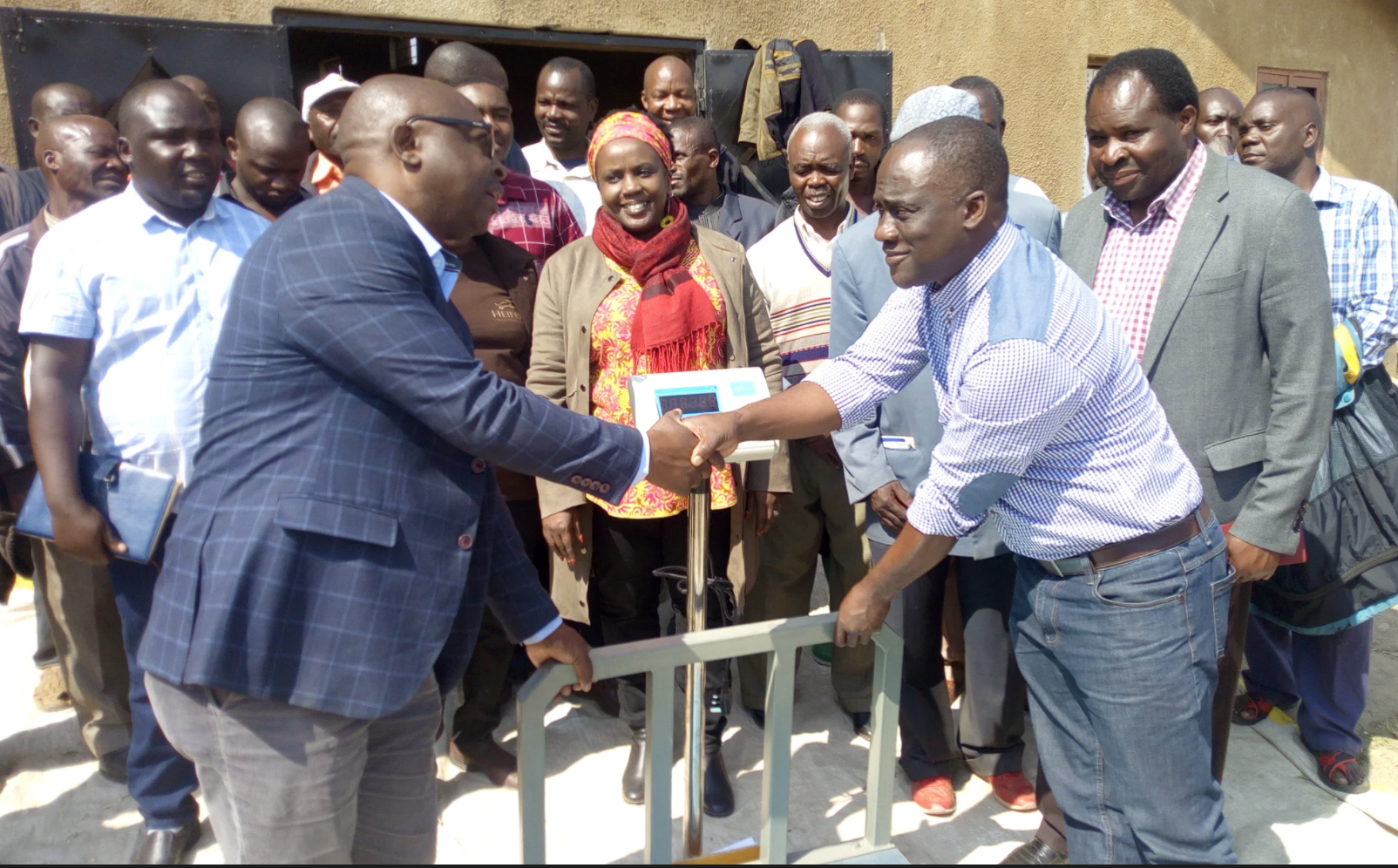TZSoya Part 9. Success Stories: Lessons from Tanzania’s Leading Soya Farmers
In the face of numerous challenges, many soya (soybean) farmers in Tanzania have achieved remarkable success through innovative practices, perseverance, and strategic use of available resources. The Tanzania Sustainable Soybean Initiative (TSSI) Baseline Report highlights several success stories that offer valuable lessons for other farmers and stakeholders in the soya sector. This article profiles some of these successful farmers, exploring the strategies and practices that have led to their achievements.
Profile of Successful Soya Farmers
- John Mwakalinga – Mbeya Region
- Background: John Mwakalinga is a smallholder farmer in the Mbeya region, where he has been cultivating soya for the past five years. His farm spans 3 hectares, and he has consistently achieved high yields.
- Innovative Practices: John attributes his success to the use of improved seed varieties, particularly Uyole 4, which has shown excellent resistance to pests and diseases. He also practices crop rotation with maize to maintain soil fertility.
- Technology Adoption: John has adopted mechanization for land preparation and harvesting, reducing labor costs and increasing efficiency. He uses a tractor for plowing and a combine harvester for harvesting.
- Impact: His farm’s average yield is 1.2 tonnes per hectare, significantly higher than the national average. The increased productivity has improved his household income and enabled him to invest in better farm infrastructure.
- Mary Ndunguru – Iringa Region
- Background: Mary Ndunguru, a widow and mother of three, manages a 2.5-hectare farm in the Iringa region. She began growing soya as part of a women’s cooperative aimed at improving household nutrition and income.
- Innovative Practices: Mary emphasizes organic farming methods, using compost and manure to enrich the soil. She has also embraced intercropping, growing soya alongside sunflowers, which helps in pest control and improves soil health.
- Extension Support: Mary actively participates in training sessions provided by local extension services. These sessions have equipped her with knowledge on best agronomic practices and pest management techniques.
- Impact: Mary’s farm yields have increased from 0.6 tonnes to 1.0 tonne per hectare. The cooperative model has provided her with better market access and collective bargaining power, leading to higher prices for her produce.
- Daudi Kamwendo – Njombe Region
- Background: Daudi Kamwendo is a seasoned farmer in the Njombe region, known for his entrepreneurial spirit. He manages a 4-hectare farm and has diversified his income sources by integrating soya farming with poultry and dairy production.
- Innovative Practices: Daudi uses a precision agriculture approach, employing soil testing to determine the exact nutrient needs of his crops. He applies fertilizers and organic amendments based on the soil test results, optimizing nutrient use efficiency.
- Market Linkages: Through partnerships with local agribusinesses, Daudi has established direct market linkages for his soya produce. He sells directly to processing companies, bypassing middlemen and securing better prices.
- Impact: His farm’s yield averages 1.3 tonnes per hectare. The integration of soya with poultry and dairy has created a sustainable farming system, improving overall farm productivity and resilience to market fluctuations.
Key Lessons from Successful Soya Farmers
- Adoption of Improved Seeds and Technologies
- Successful farmers consistently use high-quality, certified seed varieties that are suited to local conditions. They also adopt mechanization and precision agriculture tools to enhance productivity and efficiency.
- Sustainable Farming Practices
- Practices such as crop rotation, intercropping, and organic farming contribute to soil health and pest management, leading to more sustainable and resilient farming systems.
- Active Participation in Training and Extension Services
- Continuous learning and participation in training sessions provided by extension services enable farmers to stay updated with best practices and new technologies. This knowledge transfer is crucial for improving farm management and productivity.
- Diversification and Integration
- Diversifying income sources by integrating soya farming with other agricultural activities, such as poultry and dairy, helps create a more resilient farming system. This integration ensures a steady income and reduces reliance on a single crop.
- Direct Market Linkages
- Establishing direct market linkages with processing companies and agribusinesses helps farmers secure better prices and reduce the influence of middlemen. This approach enhances profitability and market stability.
The success stories of Tanzania’s leading soya farmers provide valuable insights and inspiration for other farmers and stakeholders in the sector. Farmers can overcome challenges and achieve higher productivity and profitability by adopting innovative practices, participating in training and extension services, and establishing direct market linkages. These success stories highlight the potential of soya farming in Tanzania and the importance of strategic interventions to support the growth and sustainability of the sector.
The next articles in this series will explore future prospects and policy recommendations for the soya sector in Tanzania, aiming further to enhance its contribution to the country’s agricultural development.
Source:
Tanzania Sustainable Soybean Initiative. (2023). Baseline Report of the Tanzanian Soybean Sub-Sector. Southern Agricultural Growth Corridor of Tanzania (SAGCOT).

